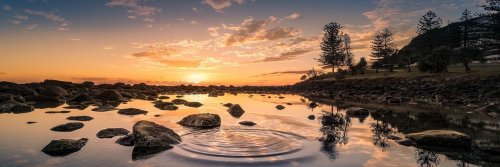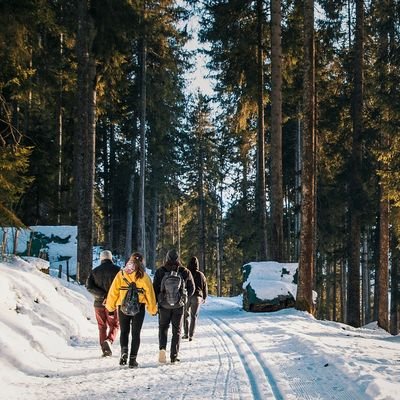Wherever you’re travelling to, chances are that you want to capture amazing photos that you can show your family and friends, in addition to creating a memento of your trip. Here are our top tips for capturing all of the incredible landscapes that you come across on your travels. Whether you’re a budding landscape photographer or simply want to get the best shots on your phone, read on to discover our advice for takinglandscape photos while travelling.
Pack a tripod
If you are planning on taking long exposure or low light photographs, a tripod is an essential piece of kit to keep your camera still and steady. You don’t need to pack a heavy, professional tripod—there are plenty of travel options available that fold away to fit in your luggage.
Do your prep
To capture the perfect shot, do your research ahead of time to find out where and when the sun rises and sets. If you have the time, scout your location the day before to discover at what time of day you’ll get the best light and also to find out the best times to shoot to avoid crowds of tourists.
Rule of thirds
Rules are made to be broken but if you’re making your first foray into landscape photography this one can be very helpful. Imagine your frame divided equally by two horizontal and two vertical lines, creating a grid of nine rectangles. Use the intersections where the lines meet to frame the most important elements of your shot, while lining the horizon with one of the horizontal lines.
Golden hour
To capture the most emotive landscapes, avoid the harsh midday sun and shoot in the golden hour before sunset, when the light is more diffused. Try shooting away from and towards the setting sun to see the contrast in your images. Pay attention to the weather throughout the day; the sunset will be emphasised by light cloud cover.

Keep the horizon straight
Frame your shot so the horizon is a straight line for the image to be more pleasing on the eye. A wonky horizon can be fixed in post-processing, but you’ll find it easier to compose the framing of your shot if you first concentrate on alignment.
Add scale
To add interest and to give your photo a sense of scale, include a landmark or a person in the shot. You could be looking at a huge mountain, but the viewers of your photo will never know unless there is a sense of scale. Try asking a friend to stand carefully on the edge of a cliff in the distance or to walk up a sand dune, before framing your shot to capture how small they look against the vast landscape.
Set a small aperture
To capture the whole scene in sharp focus, you need to set a small aperture. Set your camera to the highest aperture possible, then adjust your other settings until you have the perfect exposure. This may require slowing down your shutter speed, which is when a tripod would come in handy.
Add interest to the foreground
If you want to get creative with your landscape photography, try breaking the rules by setting a larger aperture and capturing an out-of-focus element of the foreground (such as the leaves on a tree or a bush of colourful flowers) to frame your shot. The combination of a blurry foreground with a sharp landscape can make for a much more interesting photograph.
Emma Lavelle is a UK based writer and photographer and has her own blog Field and Nest.














